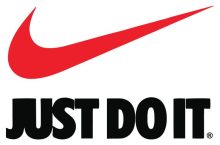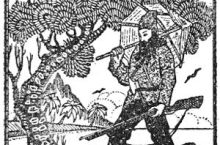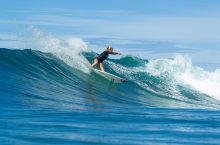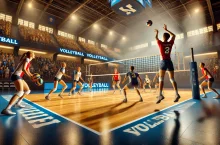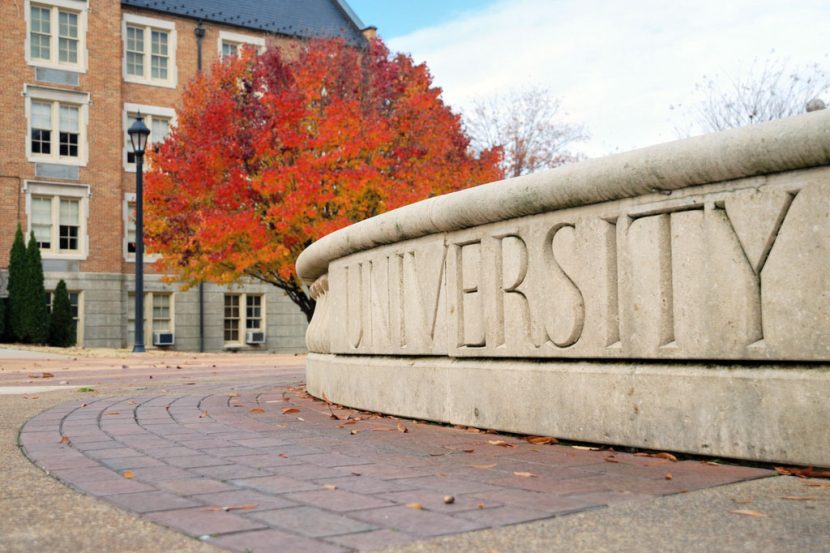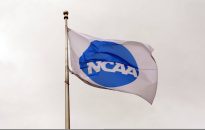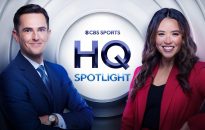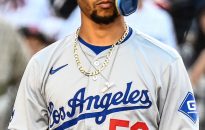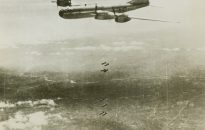The court found that Pavia has shown a likelihood that the challenged restraint has a substantial anticompetitive effect in the labor market for college football by limiting his ability to compete for the same number of seasons as other student-athletes because he attended a junior college. In the NIL era of college athletics, this limitation […]
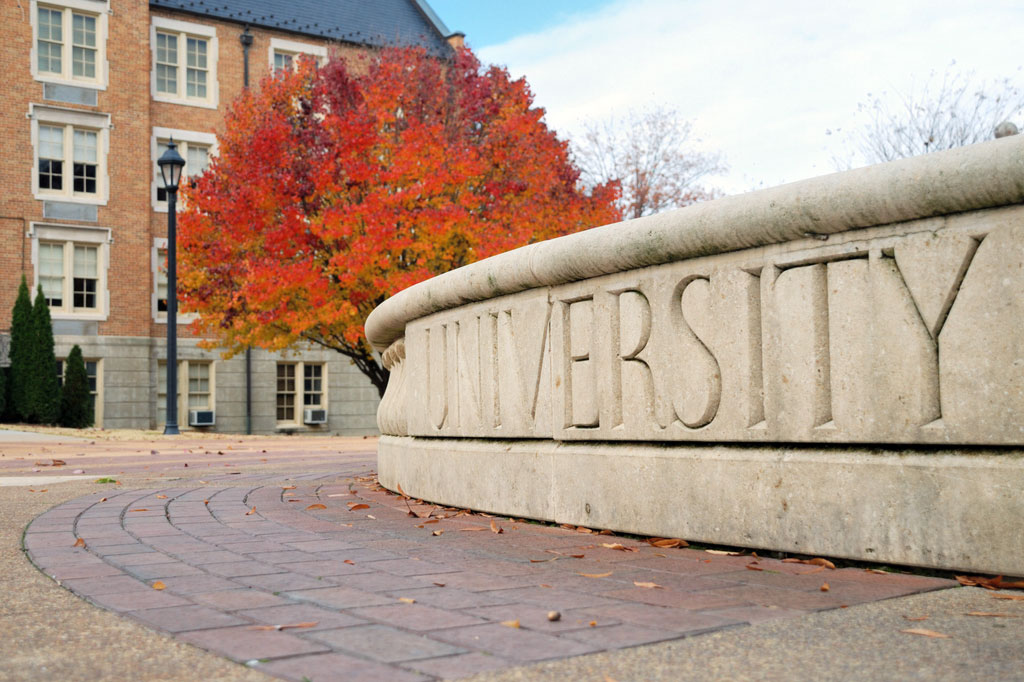
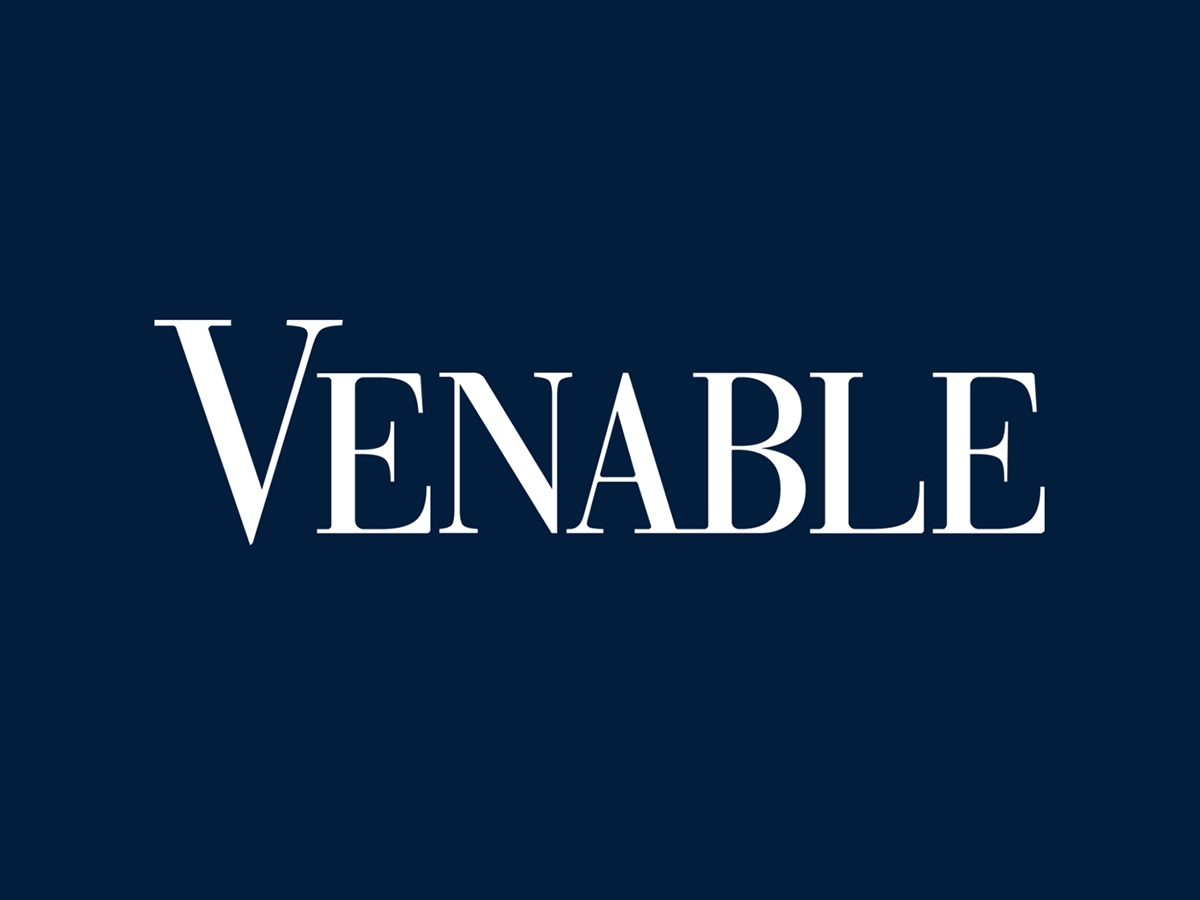
The court found that Pavia has shown a likelihood that the challenged restraint has a substantial anticompetitive effect in the labor market for college football by limiting his ability to compete for the same number of seasons as other student-athletes because he attended a junior college. In the NIL era of college athletics, this limitation becomes a financial and commercial restraint on trade. Therefore, the burden shifts to the NCAA to show a procompetitive justification for the rule. The NCAA relied on its premise that the challenged rule is necessary to “preserve a space for collegiate competition” and to value the “natural and standard degree progression.” Id at 11. The court found this argument unpersuasive, especially considering the immense possibility of less restrictive measures.
For Pavia, he will return to Vanderbilt to play out his final year of eligibility. Pavia is expected to earn upwards of million through NIL compensation. This case will continue to make its way through the appeals process, and its final determination on the eligibility of junior college players is yet unknown. However, the legal analysis displayed by this court will nonetheless have an immeasurable impact on the future of college athletics and NCAA rulemaking if left intact.
The court’s ruling that NCAA rules can be challenged via the Sherman Act will likely lead to numerous future challenges of NCAA rules impacting player economic rights and eligibility issues. For the NCAA, it will likely be immensely difficult to argue that many of its rules do not create an undue restraint on trade, as the institution has an unchallenged monopsony on the college athletics labor market. This will require the NCAA to think critically when enacting and defending its rules as to legitimate “procompetitive rationales.” Much of the NCAA’s rulemaking has gone unchallenged for a century, as the institution has relied on its core value of “amateurism” to impose restraints on its labor market. But now, in the world of NIL, where there is an open commercial element to NCAA college athletics, NCAA rulemaking will be held to a much higher level of scrutiny, which, as demonstrated in the Pavia case, is likely to lead to additional challenges seeking to create a more favorable model for NCAA student-athletes in terms of eligibility and other economic rights.
Pavia, who began his career at New Mexico Military Academy in 2020 (a junior college under the purview of the National Junior Collegiate Athletic Association or NJCAA), transferred to New Mexico State University in 2022 (a Football Bowl Subdivision, or FBS program under the NCAA), before arriving at Vanderbilt University in 2024 (likewise an FBS program). Therefore, Pavia has spent five calendar years playing college football while only playing three years of football in the NCAA. The NCAA bylaws put a 5-year clock on eligibility, beginning when an athlete enrolls in a college institution, regardless of whether the institution is a NJCAA program. Pavia was thus set to have his eligibility expire this season. But after Pavia’s legal team filed a motion for a preliminary injunction, the star quarterback—and every NCAA student-athlete whose eligibility would expire because of an NJCAA season—will now be granted another year of eligibility. While this ruling will undoubtedly impact the upcoming academic season, its legal reasoning will have a potentially lasting effect on college athletics.
The eligibility rules set by the NCAA have been challenged numerous times in the past. So why was this occasion different? The simple answer is “NIL,” or “name, image, likeness.” The sea change caused by the elimination of the prohibition on student athletes’ ability to be compensated for their own name, image, and likeness, spurred by the ruling in Alston v. NCAA, has now made competing in the NCAA an economic opportunity. Given the implementation of this commercial element to college athletics, any rules restricting the rights of participants in the “marketplace” must satisfy the guidance of the Sherman Antitrust Act. The court agreed with Pavia’s assertion that “when the NCAA lifted the restriction on NIL compensations, rules regulating who can play—i.e., who can enter the labor market for NCAA Division I football—became ‘commercial in nature.'” Id. at 7.
On December 18, the National Collegiate Athletic Association (NCAA) once again found itself on the losing end of a federal court opinion that could alter the landscape of collegiate athletics. The U.S. District Court for the Middle District of Tennessee granted a preliminary injunction to Diego Pavia, which will allow the current Vanderbilt University star quarterback an additional year of eligibility so he can return to college football next season. Pavia v. Nat’l Collegiate Athletic Ass’n, No. 3:24-cv—1336, 2024 WL 519888 (M.D. Tenn. Dec. 18, 2024).
